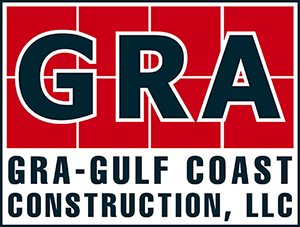
It’s been just under two months since the Texas winter storm that left many of us without power and water. Hopefully a lot of us have learned about preparedness since then. One way to help with preparedness is incorporating resiliency in your Houston LEED construction project. The LEED program now offers pilot credits for passive survivability in your building’s design. This can help keep your building safe when water and power service is interrupted. It also helps you earn innovation credit toward your green building certification.
Houston LEED Construction: Passive Survivability & Back-Up Power During Disruptions Pilot Credits
Now, when you think of LEED, you might think of environmentally-friendly buildings or reduced operating costs. However, a key benefit many don’t know about is called passive survivability. This is the ability to maintain safe indoor environments during extended power outages like we saw in mid-February of this year.
In fact, the U.S. Green Building Council offers pilot LEED credits for passive survivability and back-up power systems. Essentially, this means your building can keep temperatures safe during power interruptions. For example, many buildings must be able to do so for a four day outage during peak summer and winter conditions. Houston LEED construction projects that include these principles in their designs can earn innovation credits toward LEED certification.
Things like adequate insulation, natural ventilation, and orientation of your building can all go toward achieving these credits. Your Houston design build team must prove that the building meets these standards through thermal modeling.
In addition to green building design to help keep extreme heat and cold out, the credit also allows for back-up power systems, such as those required by critical healthcare facilities. However, it’s important to note that not any backup generator would do for most commercial buildings. Usually generators must be quite large (and costly) to power HVAC systems for safe temperatures during extreme weather. Also, storing enough fuel comes with its own challenges and safety hazards. Therefore, many building owners are opting for building and envelope design to help with resiliency.
Green Building May Help Reduce Load on the Power Grid
Also, green buildings are generally much more energy efficient than their non-LEED neighbors. This means they’re optimized to use less power and resources. Not only does this result in a reduced carbon footprint and lower operating costs, it may also reduce the stress on the power grids. This may, in turn, reduce the risk of mass blackouts like we saw during the winter storm. Therefore, constructing more green, LEED-certified buildings may help prevent overloading on power grids in future during disasters and extreme weather events.
Work with Your Houston Design Build Team for Resilient Buildings
When you need advanced design and construction services, choose our team at GRA – Gulf Coast Construction. Our team offers superior design build services to help you get the most out of your building, including LEED construction practices for a greener, healthier building. We’ve been providing high quality Houston commercial construction services since 1998 and have helped countless organizations create outstanding buildings. Call us now at (713) 934-7797 for a free consultation from one of our specialists!
